Below are solutions to prevent pests and diseases on banana trees such as Panama wilt disease, leaf spot disease, banana bunchy top virus (BBTV), yellow Sigatoka leaf spot disease, etc., which we provide for your reference. Wishing you a bountiful banana harvest!
Banana is a fruit-bearing plant with high nutritional value. However, for banana plants to yield high productivity and quality, besides the aspects of breeding and care techniques, pest and disease prevention techniques are crucial.
1.Leaf spot diseases: Yellow Sigatoka (Mycosphaerella musicola) and Black Sigatoka (Mycosphaerella fijiensis
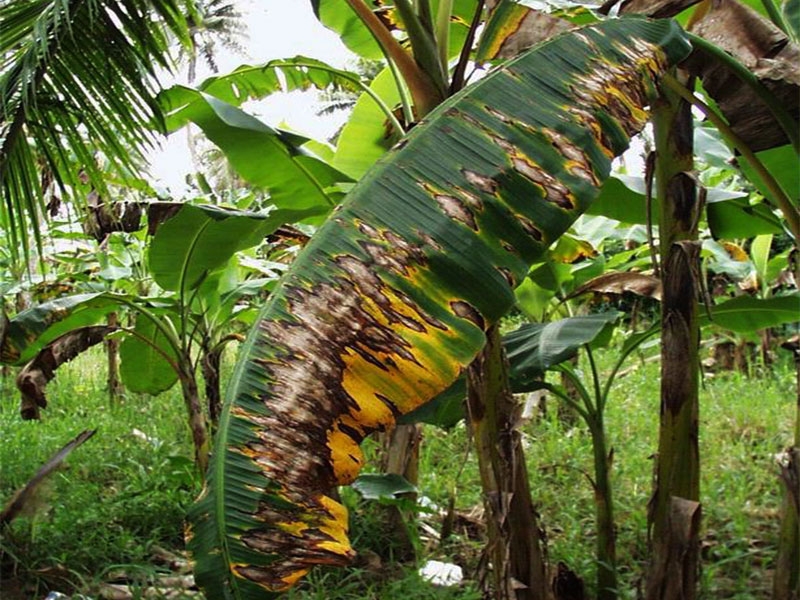
a. Harmful characteristics:
b. Control measures:
SV - ATOMER 11WP product information:
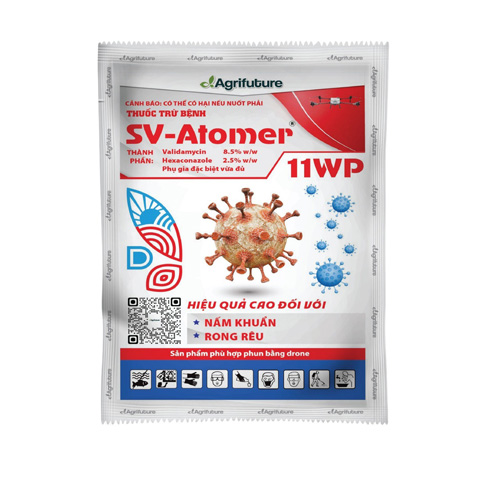
Characteristics and Uses:
Atomer 11WP is crystallized from antibacterial and broad-spectrum antifungal agents, which are currently leading active ingredients. Its ability to competitively inhibit Trehalase enzyme and the Ergosterol synthesis process has conferred superior strength to Atomer in comprehensively protecting crops against various prevalent harmful diseases.
Instructions for Use:
Atomer 11WP is registered for controlling black spot disease on roses.
Dosage: 600g/ha. Dissolve 1 packet in 400 - 600 liters of water.
Water volume: 400 - 600 liters/ha.
Timing: Spray when the disease is newly appeared, with a disease ratio of about 5 - 6%.
Isolation period: 14 days
• Product information on TVZeb Japane 70WP
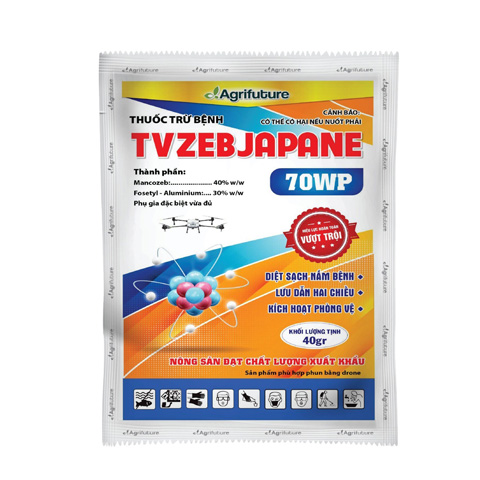
Characteristics and Benefits:
A breakthrough formula has created a TVZeb Japane 70WP with synergistic power from two components with specialized extermination mechanisms.
As a result, TVZeb Japane 70WP is vastly superior to other products with immediate and prolonged effectiveness, while also promoting dense foliage and quick recovery.
Instructions for Use:
TVZeb Japane 70WP is registered for the control of brown spot disease on dragon fruit.
Dosage: 0.3%. Mix 50-80g per 25-liter container. Or use 250g per 100-150 liters of water.
Spray volume: 400 - 900 liters/ha. Apply when the disease first appears, at a disease incidence rate of about 5%.
Re-entry interval: 7 days after spraying.
Banana Bunchy Top Virus (BBTV) disease.
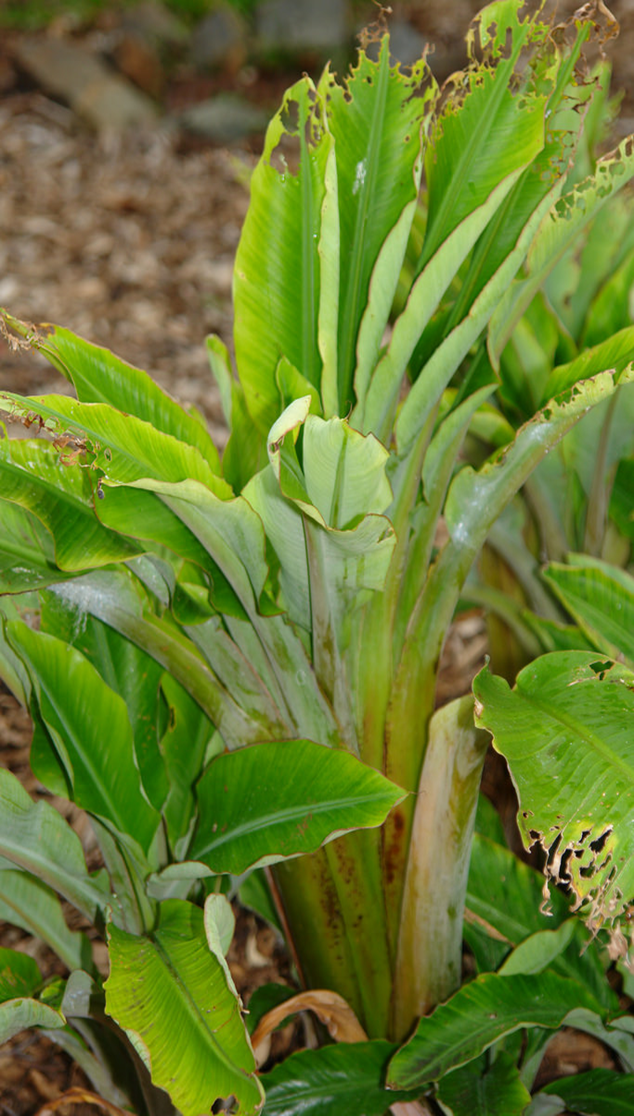
(a) Harmful Characteristics:
When affected by the Banana Bunchy Top Disease, the leaves become narrow, erect, and tightly rolled together, resembling a bunch. The petioles are shortened, and the leaves become brittle, easily torn. Dark yellow streaks appear on the leaves, interspersed with dark green streaks.
If the disease occurs early in the plant's growth or if it is severely affected, the plant will gradually decline and not produce any fruit. If fruits do develop, they will be very small and unripe. If mature plants are infected, the emerging banana bunches will fail to separate, or if they do, the bunches may be deformed, the fruits small, unappetizing, or the bunches may emerge sideways from the stem.
The disease spreads directly through suckers and via the vector, the banana aphid (Pentalonia nigronervosa), which lives on banana leaves.
(b) Control Measures:
Agricultural practices: Avoid using sucker plants from banana gardens or clusters that have been affected by the disease as planting material for subsequent seasons. It's best to use tissue-cultured seedlings. Regularly inspect banana plantations to detect diseased plants early. If a diseased plant is found, it should be immediately removed, uprooted entirely, and disposed of outside the plantation by burial or destruction to prevent further spread. Avoid designing banana plantations adjacent to heavily affected gardens to prevent the spread of the disease to newly planted gardens.
Disease vector management: The vector for BBTV is the banana aphid (Pentalonia nigronervosa). Therefore, maintaining garden cleanliness by removing weeds, pruning, discarding old leaves, and thinning out excessive sucker plants ensures good airflow, reduces humidity in the garden, especially during the rainy season. Avoid continuous planting of bananas on the same piece of land; instead, practice crop rotation with different plants.
Agrifuture Company recommends using AF - Fenromat 26SC to effectively control aphids.
Product Information AF - Fenromat 26SC
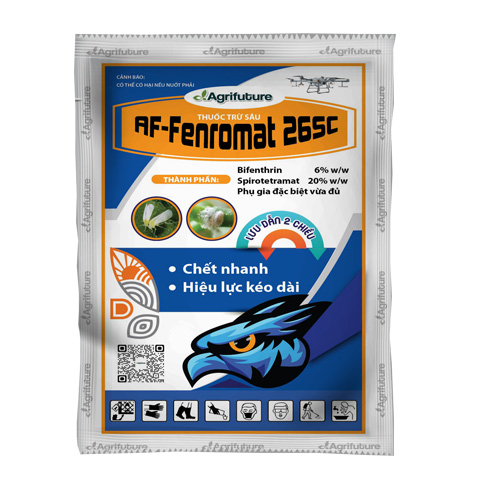
Characteristics and Uses:
AF - Fenromat 26SC is formulated from a unique blend of 2 advanced active ingredients with 2 distinct, potent insecticidal mechanisms. The pesticide directly impacts the peripheral nervous system and inhibits ACC, disrupting the lipid synthesis process in insects. Therefore, the product is immediately effective, even against resistant pests, and remains efficacious for several days after application.
Usage Instructions:
AF - Fenromat 26SC is registered for the control of pod borers on peanuts.
Dosage: 500ml/ha. Mix 20ml with 25 liters of water.
Water volume: 450 - 500 liters/ha.
Timing: Apply when pod borers first appear (1 - 2 weeks old).
Density: Approximately 1 - 2 insects per plant.
Re-entry interval: 14 days.
3.Black Sigatoka Disease (Colletotrichum musae)
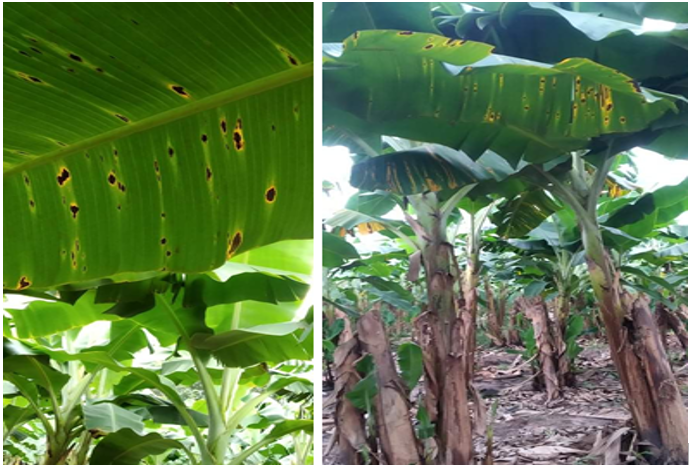
(a) Harmful Features
Fungi penetrate through wounds of young fruits after about 30 days. They persist on the fruit surface and manifest as egg-like spots when the fruit ripens. Fungal growth occurs on the fruit surface throughout the year. However, winter ripened bananas are more heavily affected than summer ripened bananas.
(b) Control Measures
Agrifuture company recommends using the product TVAzomide 25WP to spray for disease prevention on fruits before bagging.
• Product information for TVAzomide 25WP:
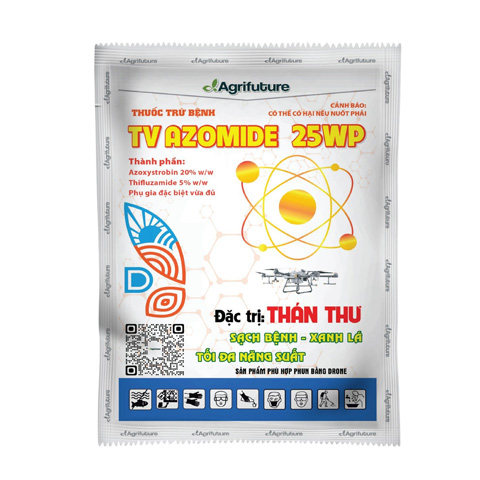
Characteristics and Uses:
A unique and pioneering invention has resulted in TVAzomide 25WP, which operates with a specialized fungicidal mechanism by directly targeting the fungal pathogens' metabolism through inhibiting succinate dehydrogenase and ATP energy production. This leads to the immediate death of the fungal pathogens upon application.
TVAzomide 25WP possesses strong systemic and translaminar action, ensuring rapid and thorough eradication of the fungi.
Usage Instructions:
TVAzomide 25WP is registered for the control of leaf spot disease in coffee.
Application Timing: Apply twice with a 7-day interval, with the first application when the disease first appears, typically at an incidence rate of 5-6%.
Dosage: 0.1%. Dilute 20g sachet in 25 liters of water.
Water Volume: 500-800 liters per hectare. Apply uniformly to wet the foliage of the crop.
Re-entry Interval: 7 days.
3.Panama Wilt Disease (Fusarium oxysporum f. sp Cubense)
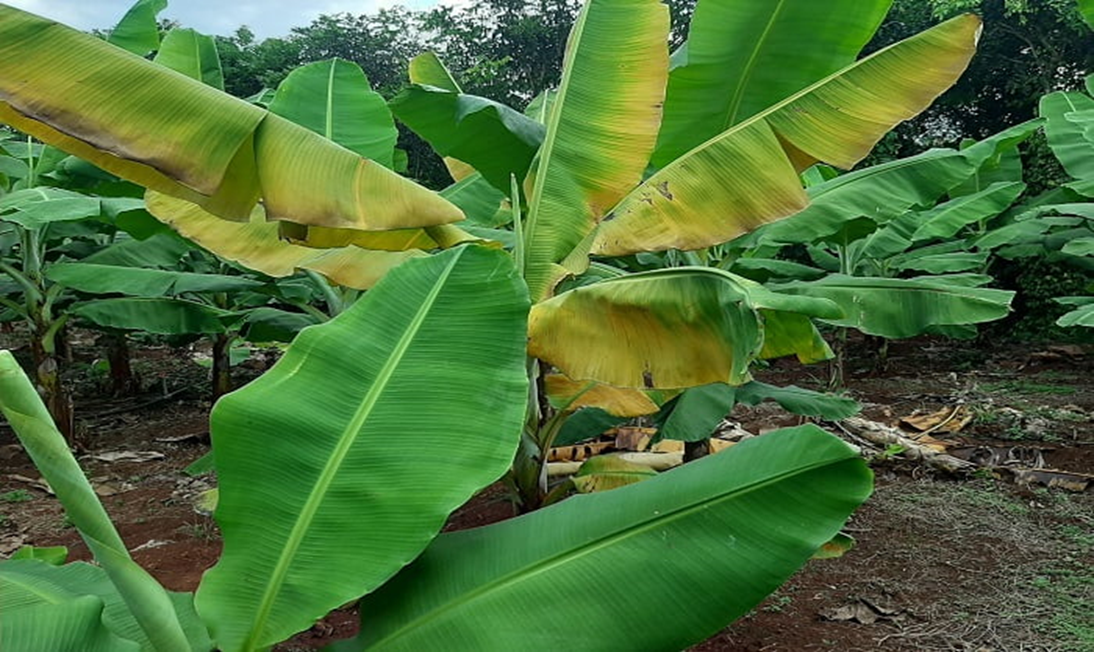
(a) Harmful Characteristics:
(b) Preventive Measures:
Conclusion:
This article updates on preventive measures against harmful diseases in banana plants such as Panama wilt disease, Panama disease, Banana Bunchy Top Virus (BBTV), Yellow Sigatoka leaf spot disease, etc. With the information provided, we hope that farmers will take proactive measures to effectively prevent diseases and find effective solutions to combat these dangerous diseases. Wishing everyone success!